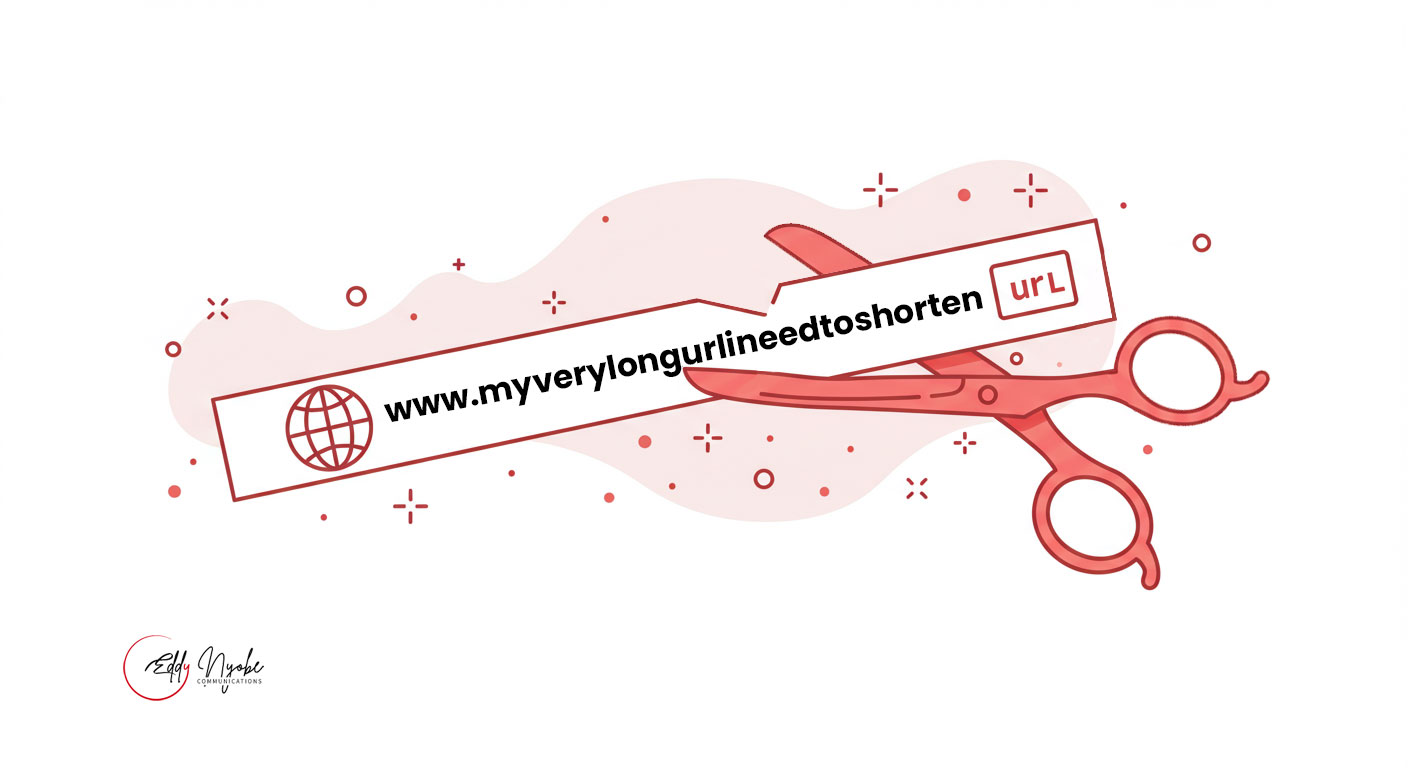You probably wonder whether people are interested in your content after you’ve sent out an e-mail newsletter or shared a piece of content as a link. You’ve most likely asked yourself: Who are these people? Where are they located? What device are they using? Is it a cell phone, a tablet, or a desktop computer? These questions are at the heart of any modern communications strategy, where tracking audience behaviour is essential to maximize the impact of an action.
Sometimes, we use a tool whose true capabilities many of us are unaware of. I’m referring to link shorteners. If their primary function is to transform long URLs into clear, shareable links, their hidden superpower lies in their ability to provide powerful analytics. In this article, we look at the mechanics, benefits and best practices of link shorteners, showing how they can be a game-changer for communications professionals like you and me.
Understanding Link Shorteners
What Are Link Shorteners, and Why Do We Use Them?
Link shorteners or URL shorteners are apps that condense long, complex web addresses into much shorter, neater packages that still send you to the original address or URL. Here’s an example to show you how URL shortening works:
Imagine this is your original URL: https://eddynyobe.com/tracking-audience-behaviour-the-analytics-power-of-link-shorteners/, you can turn it into something shorter like this: https://bit.ly/ENlinkS.
Initially, link shorteners were all about saving space (especially on platforms like Twitter). Today, it is a whole different story. They provide data-driven insights that has the potential to elevate our communication strategies. Their ease of use and ability to track engagement – both online and offline – make them a go-to resource for branding, engagement, and analytics.
Popular URL shorteners
Here are some of the most commonly used link shorteners:
- Bitly: A catalyst for connections for sharers of digital information and their audiences.
- TinyURL: A tool ideal for quick, no-login link generation.
- Rebrandly: This is best for creating custom-branded short links.
- Ow.ly: A social media-focused tool integrated with Hootsuite, the first social media management platform.
How Do Link Shorteners Work?
When you submit your long URL to any of these platforms, it creates a unique identification code in the form of a short URL or redirect that routes the user to the original link. A database associates the short URL with your original URL for future reference.
When the short link is clicked, your shortening app crawls its database to find the original link and issues an HTTP redirect response to the user’s browser. It will navigate him to the original URL displaying your web page as a regular link without lagging time or showing the redirect process.
The Analytics Power of Link Shorteners
Data Collection and Real-Time Insights
One of the most invaluable advantages of link shorteners is their link-tracking ability. Behind the scenes, they provide detailed, real-time analytics, especially when using a paid service. Yes, link shorteners have both free and paid versions. The free version offers shortening and other basic services while paid versions allow more robust features. These insights include:
- Click-Through Rates (CTR): Measuring how often links are clicked.
- Geographic Data: Understanding where your audience is located.
- Demographic Data: Some services show visitors’ breakdown in gender.
- Device and Browser Information: Identifying platforms and devices used.
- Referral Sources: Tracking which platforms drive the most traffic.
Benefits of Link Shorteners for Communication and Marketing Professionals
Enhanced Audience Insights
When using Urchin Tracking Module (UTM) parameters correctly, you can know where your visitors come from. UTM parameters are the foundation of Google Analytics. They are components of a URL that reveal the nature of the visitors who come to your page. The powerful insights they provide (source, medium, campaign name, content, term) gives you plenty of data about your audience and their online behaviour.
Improved Campaign Performance
The wealth of data from link shorteners offers clarity. They can be used to optimise our campaigns. Depending on your goal, you can calculate conversion rates. This valuable information will help you determine where to focus your effort and resources for the best return on investment (ROI).
Tailored Communication
Analytics from link shorteners can enable personalised communication strategies. For instance, data showing a high mobile-user audience might prompt us to optimise messages for smaller screens. You can even go further. Using UTM parameters, you can conduct A/B testing for multiple calls-to-action to determine which ones receive the more clicks and thus are more effective.
Some Practical Applications for the use of Link Shorteners
Internal Communications
You can use link shorteners for tracking various internal resources within your organisation. You can track for instance: employee engagement with your content (newsletters, policy updates, training materials…); intranet usage; event participation; document access and download, etc.
Stakeholder Engagement
Tracking links related to project proposals or reports to funders, board members, etc., enables us to measure stakeholder interest and engagement. This information is useful for adjusting follow-up actions accordingly.
Media Outreach
Link shorteners are useful tools for tracking media engagement. When distributing press releases, media kits, pitches… link shorteners enable us to measure engagement. This helps us understand how our content resonates. With those insights, we can refine outreach strategies for greater visibility.
Social Media Campaigns
Shortened URLs are customisable and can therefore enhance your brand perception. Branded short links used across platforms like X, Instagram or LinkedIn provide more content authority. Their consistent, professional appearance can expand your brand reach while offering analytics to measure performance.
Best Practices for Using Link Shorteners
Customise your short links
An audience is more likely to engage with a shortened URL connected to a brand they know and like. Try to match all the short links on your brand’s digital collaterals and social media. The use of branded links, using a structure such as mybrand.link/2024Report, strengthens brand identity and increases click-through rates.
Be transparent
When receiving data from shortened links, it’s important to respect data privacy rules such as the General Data Protection Regulation (GDPR). Inform your audience regarding their use and favour tools that prioritise security.
Integrate your link shortener with other tools
Link shorteners deliver better results when integrated with other analytics tools. Platforms like HubSpot or Salesforce enable us to synchronise the data we receive with more comprehensive customer relationship management (CRM) systems, to benefit from an overall view of our actions.
Key findings
- Link shorteners provide information on audience behaviour and enable us to fine-tune our campaigns.
- Data collected in real-time give us important insights into implementing targeted communication strategies.
- When tracking data using link shorteners, it is a good practice to integrate privacy protection tools into your collection processes.
Conclusion: Turning clicks into useful information
Shortened links are not just convenient. They are useful tools for communications professionals looking to amplify their impact. By leveraging their statistical capabilities, we can track engagement, tailor messages and improve our results across various platforms.
Let’s factor these tools into our strategies and make every click count, If you need advice on implementing these ideas, please don’t hesitate to contact me for assistance.


